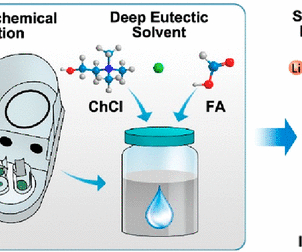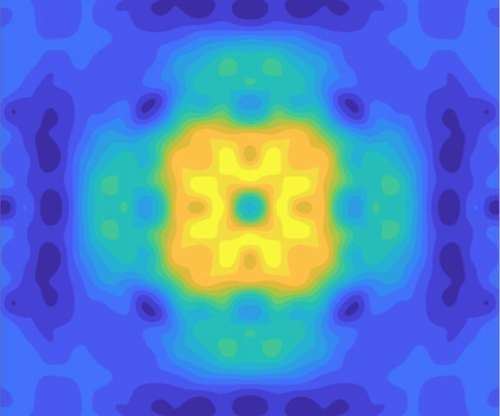EnerG2 nano-structured hard carbon boosts Li-ion anode capacity by >50% compared to standard graphite
Green Car Congress
MARCH 27, 2013
A chart from EnerG2’s 2012 DOE Merit Review presentation shows different pore profiles for different energy storage applications. These properties can be tailored and modified for adaptation to the specific requirements of a given energy storage application. Click to enlarge. Aaron Feaver.
















Let's personalize your content